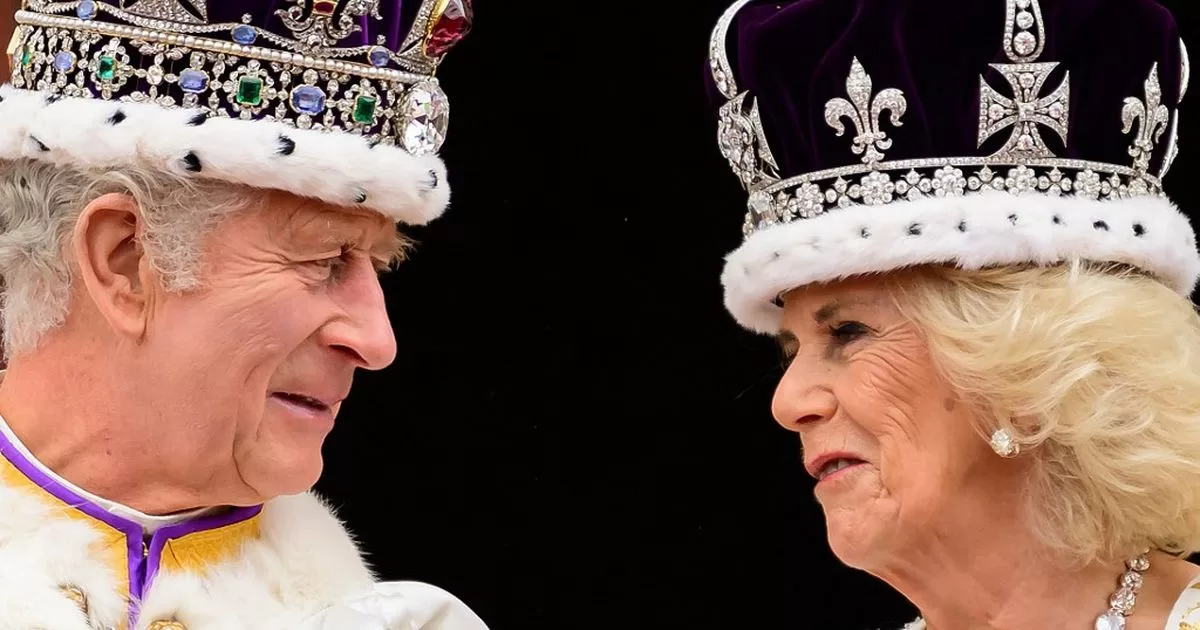The soaring of the free dollar to more than $420 shows the collateral costs of the soybean dollar and of politics. Analysts assure that parallel dollars will continue to rise in April and explain the reaction by emphasizing the indirect emission that the Export Increase Program entails, which contemplates a differential exchange rate of $300 for soybean producers and regional economies.
According to specialists, these were the main causes of this skyrocketing of the free dollar:
On the one hand, and as has been the case for years, the issuance since the third stage of the soybean dollar was implemented is up to now $182 billion. Yesterday, when USD 153.9 million was bought and USD 73 million was sold to importers, the difference between buying at $300 and reselling at $216.38 forced the Central Bank to issue $6,868 million.
Inflation is another determining factor. Last Friday, INDEC will release the CPI for March, which economists expect will be at 7% per month. If the figures are confirmed, the price escalation may exceed 20% for the first quarter of 2023. In the same period, the blue dollar advanced $49, or 14.16%.
The interest rates of the fixed terms became negative with the new inflation data and are encouraged to switch to dollars because they fear that this inflationary number of more than 7% will be repeated in April.
The opinion of the University of Buenos Aires was also added, which gives free rein to implement the exchange of the bonds of the Anses Guarantee Fund, which may end with a sharp drop in the parity of public securities.
“The lack of dollars due to the drought is beginning to spread and the greater importance of this news generates a search for coverage against the dollar,” Lucio Garay Méndez, EcoGo economist, explained to the Ámbito portal.
Meanwhile, the chief economist of Delphos Investments, Jorge Neyro, explained that although “the blue is reawakening after a few days of calm below 400”, it is an exchange rate that continues to lag relatively behind to the evolution of inflation. For this reason, he considers that the price could reach $450 in the short or medium term.
While Andrés Reschini, an analyst at F2 Soluciones Financieras, told the same outlet that “what happens is that the peso continues to fall.” And he noted that “for the blue to match inflation, so far in 2023 alone, it should be worth about $480.”

